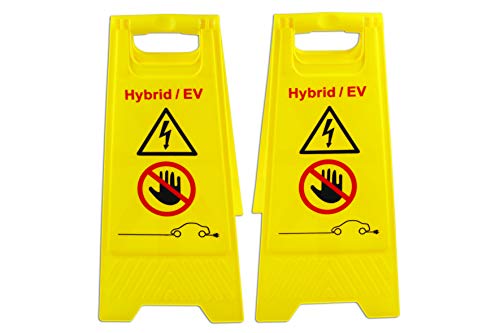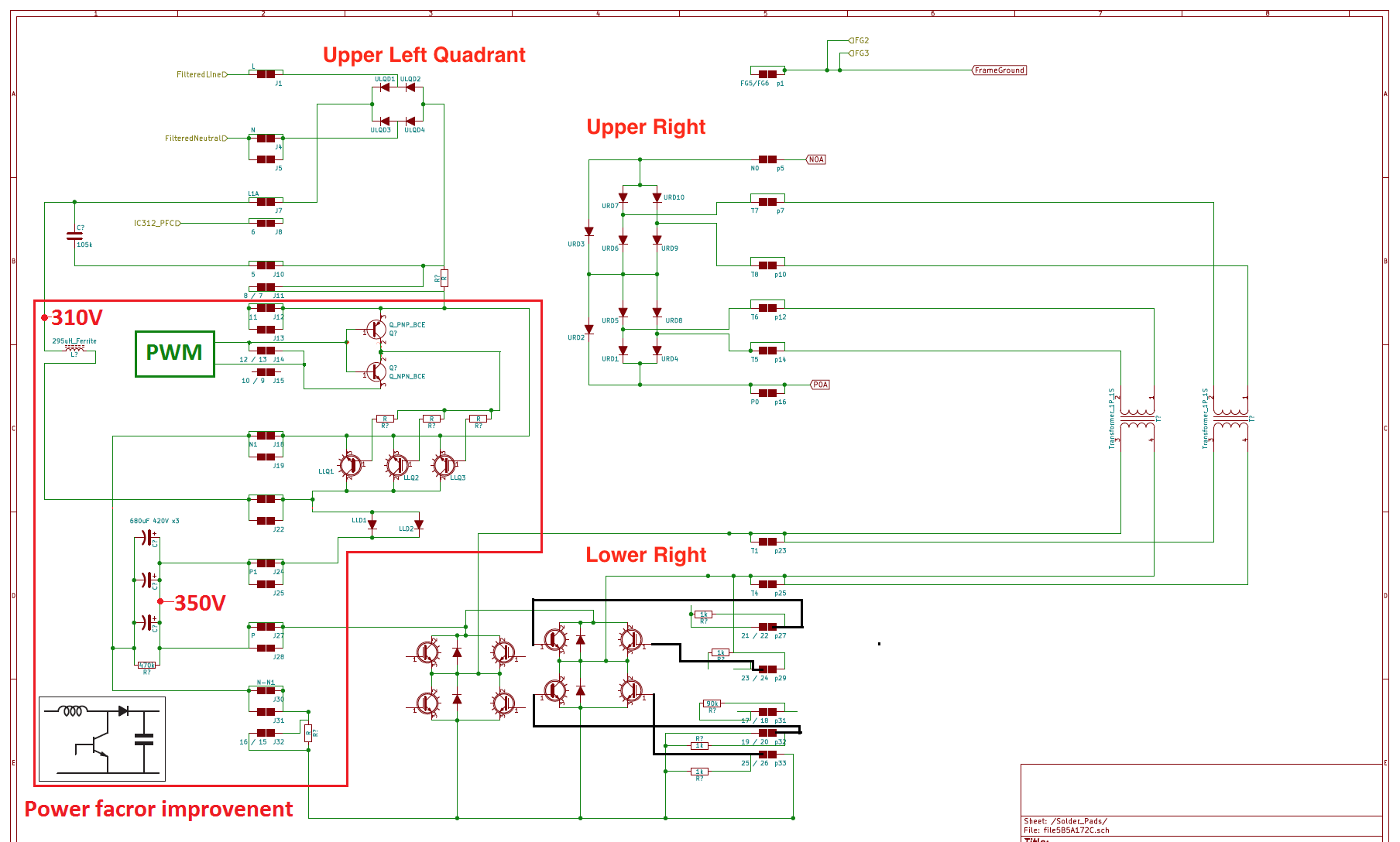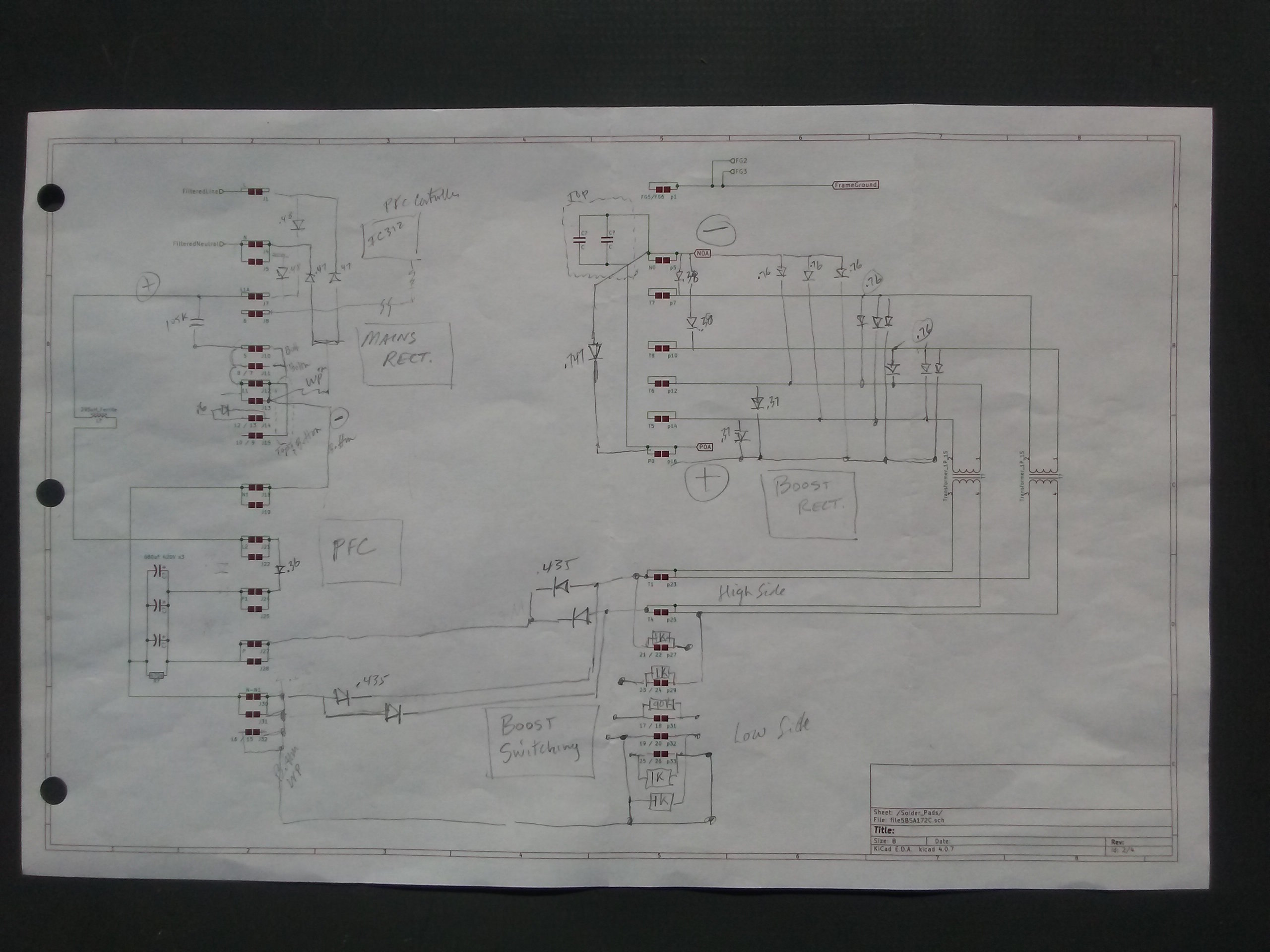jpr
Active member
Hi,
I have 2 i-MiEV's - both 2012 model year (North America). One is my daily driver, works great, charges (doesn't have Chademo), everything. The other I bought with a nearly dead main battery and not charging, although it will start and drive around in turtle mode. I have not been able to test if Chademo works (should've stopped by a station while trailering it home... durr), but it is equipped.
The problem car does not have any relevant codes - it had one for the battery fan (P1A2D), which I replaced, and that code has not recurred. It still doesn't charge though.
I've followed the troubleshooting steps in the Russian manual and believe the OBC is faulty. I removed the OBC and have not located any blown up capacitors or areas that look suspicious like in the main OBC troubleshooting thread.
My question is this - can I safely transplant the OBC from my good car into the problem car to check if that is indeed the problem? Or is there a risk of destroying the known good OBC? I figure if I transplant OBC's and everything works, I'll try and buy a good used OBC and call it a day - sell the bad one for parts perhaps on the forum. If I transplant and it *doesn't* work (and/or I swap them both and the good car charges with the problem car's OBC) then I have another data point for my diagnosis.
Worst case - I do have other cars I can drive if I render these both inop, but these are my only 2 EV's.
Thanks everyone =)
I have 2 i-MiEV's - both 2012 model year (North America). One is my daily driver, works great, charges (doesn't have Chademo), everything. The other I bought with a nearly dead main battery and not charging, although it will start and drive around in turtle mode. I have not been able to test if Chademo works (should've stopped by a station while trailering it home... durr), but it is equipped.
The problem car does not have any relevant codes - it had one for the battery fan (P1A2D), which I replaced, and that code has not recurred. It still doesn't charge though.
I've followed the troubleshooting steps in the Russian manual and believe the OBC is faulty. I removed the OBC and have not located any blown up capacitors or areas that look suspicious like in the main OBC troubleshooting thread.
My question is this - can I safely transplant the OBC from my good car into the problem car to check if that is indeed the problem? Or is there a risk of destroying the known good OBC? I figure if I transplant OBC's and everything works, I'll try and buy a good used OBC and call it a day - sell the bad one for parts perhaps on the forum. If I transplant and it *doesn't* work (and/or I swap them both and the good car charges with the problem car's OBC) then I have another data point for my diagnosis.
Worst case - I do have other cars I can drive if I render these both inop, but these are my only 2 EV's.
Thanks everyone =)



























